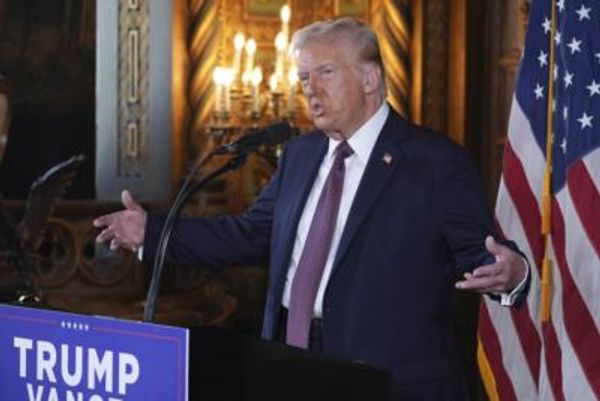
Plenty of U.S. retailers and restaurants have been struggling to control costs, as everything from food to energy to transportation has risen over the past 12 months.
And many of them are trying not to pass on their higher costs to equally cost-conscious customers. If they don't show up, the bottom lines at those enterprises suffer and investors and executives get concerned.
Related: Starbucks baristas have a problem customers need to know about
Since most places in the country are more expensive, and migration patterns have changed since the onset of covid, some cities are struggling more than others.
Sunny and typically cheaper places to live like Arizona, Texas and Florida have seen a big population influx from other states. In 2021, nearly eight million people left their states to move to new ones —and some 674,740 people moved to Florida alone that year.
Some who moved left behind changing cityscapes. Some of the those places were densely populated metropolitan areas with high costs of living and limited housing inventory. When they lose a significant chunk of their workforces and tax bases, they might enter what's now being referred to as a doom loop.
San Francisco is one such city, as its workers have remained remote from their offices and postpandemic tourism has weakened. Office and residential vacancies are up, foot traffic has fallen, tax revenues are plummeting, and municipal budgets are hurting.
With a loss in workers and revenue has come an uptick in crime, specifically in the retail space. Retail theft is on the rise nationwide, but some companies say it's particularly no longer viable to stay in San Francisco specifically.
Nearly two dozen stores have already left the city, including Old Navy, Banana Republic, Crate & Barrel, AmazonGo, Saks Off Fifth, Anthropologie and Office Depot.
Walgreens has been chaining up some of its most stolen goods from heavily shoplifted stores to prevent theft from further cutting into its bottom line. And Nordstrom recently closed its mammoth presence in what had been the downtown Westfield mall on Market Street.
Now, another major retail name is reducing its presence in the city.
Starbucks will close 7 San Francisco cafes
Starbucks (SBUX) -) recently joined the league of locations leaving San Francisco, saying it would shutter seven locations in the downtown area by Oct. 22.
Currently, Starbucks operates 59 cafes in the metropolitan area. By late October, that number will drop to 52.
"This year those discussions have resulted in making the very difficult decision to close seven of the stores in our area," the chain's regional vice president, Jessica Borton, said in an email to employees, which Starbucks calls partners, this week.
"There are several factors Starbucks considers when tasked with the tough decision of closing a store, but it is all part of ensuring a healthy store portfolio," she added.
A Starbucks spokesperson told TheStreet that the company regularly evaluates the strength and quality of each location and makes decisions on their viability accordingly.
"Each year as a standard course of business, we evaluate the store portfolio to determine where we can best meet our community and customers’ needs," the spokesperson said.
"This includes opening new locations, identifying stores in need of investment or renovation, exploring locations where an alternative format is needed and, in some instances, re-evaluating our footprint."
The seven San Francisco stores closing are:
- Mission and Main
- Geary and Taylor
- 425 Battery
- 398 Market
- 4th and Market
- 555 California
- Bush and Van Ness
Starbucks also recently opened a pickup-only store in the city in the 333 Market area, next to the BART station. It also opened Powell & O’Farrell and 90 Charter Oak locations.
Get exclusive access to portfolio managers and their proven investing strategies with Real Money Pro. Get started now.







